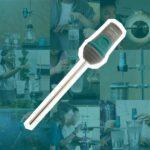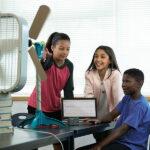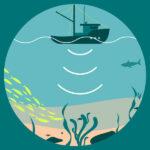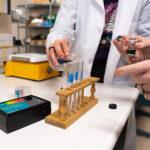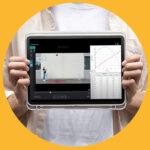
Sharing ideas and inspiration for engagement, inclusion, and excellence in STEM
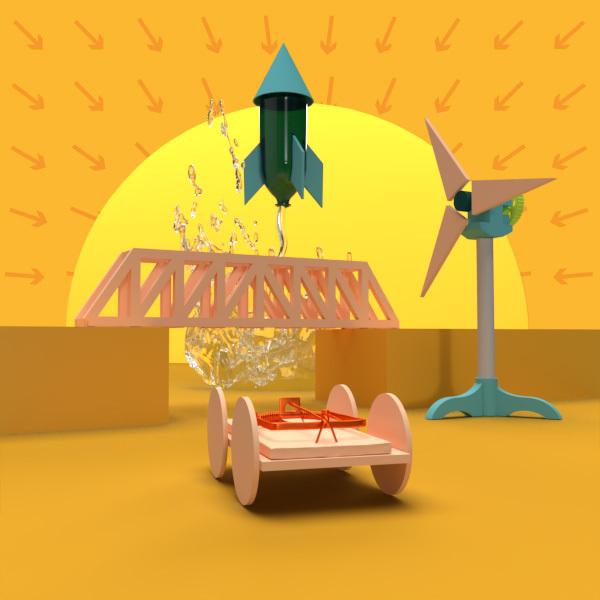
All students benefit when they can apply physics principles and concepts by building something. Having that real-world connection can help make physics easier to understand. As an added bonus, it can also increase student engagement.
During my 10 years of teaching high school physics and engineering, I worked with many bright, talented students, including a leader of the robotics team.
This student was part of the controls hardware group, which basically made the robot’s brain. It involved a lot of wiring and a lot of math; you had to determine how much current would be drawn, what kinds of fuses were needed, etc. He led this work and was awesome at it.
However, when this student took my honors physics class, he struggled. I was surprised because he was so good at building robots and had an innate engineering ability. But when it came to physics, the abstractness of it was really hard for him.
I found that hands-on projects helped this student—and all of my students—connect the dots between physics concepts and the real world.
If you’re looking for ways to teach motion, force, and other key physics concepts, here are three projects I used in my classes, as well as a bonus project idea.
Water Rockets
Water rockets consist of relatively simple components: a two-liter bottle, a cardboard or styrofoam nose cone and fins, and (of course) water. However, they are an excellent tool for teaching important scientific concepts for high school, middle school, and even upper-elementary school students.
In my physics and honors physics classes, we would build water rockets at the beginning of the year, when we were learning about motion, velocity, and acceleration. After launching them, my students would analyze the speed and height the rockets achieved.
In my conceptual physics class, at the beginning of our unit on the scientific method, we’d launch a water rocket and talk about what factors determined its maximum height. Each lab group would then choose to investigate one parameter, such as number of fins, amount of rocket “fuel,” or weight of the nose cone. Ultimately, they might build three or four rockets that differed in only one way so that they could use the scientific method to pin down the parameter that made a difference.
Measuring the motion of a water rocket can be as simple as using a stopwatch to determine its total flight time. Vernier Video Analysis® can take water rocket projects to a new level. With this app, students can design their own investigations, record videos, and then analyze the motion—such as a water rocket flying into the air.

Mousetrap Race Cars
Looking for a way to bring force, friction, and Newton’s laws of motion to life? Consider having your students build mousetrap race cars.
These pint-sized vehicles can look different, depending on the design the student or team chooses. However, they all have one thing in common: They are powered by just a single mousetrap.
Since they are more complex than water rockets, mousetrap race cars are more suited for high school classes. They can even be used in college courses.
Measuring the acceleration of a mousetrap race car is a key part of this hands-on project. The Go Direct® Motion Detector, which uses ultrasound to measure the position, velocity, and acceleration of moving objects, is a great tool for this purpose.
In my classes, I always had some students who built advanced mousetrap race cars that would go farther than motion detectors could measure. In those cases, we would calculate the acceleration using photogates, which would measure times at which the cars passed certain distances.
Model Bridges
When it comes to ways you can teach your students about balancing forces, bridge-building projects top the list. In my classes, we also used model bridges as an entry point to discuss vectors and the physics behind why triangular structures (i.e., trusses) are so strong.
Many model bridges are made of balsa wood or basswood, such as those used in the International Bridge Building Contest. However, you can keep things even simpler, as I did in my classes, by using straws and paper clips.
Specifically geared toward model bridges, the Go Direct Structures & Materials Tester is an excellent tool for teaching engineering concepts and design processes—and helping students make connections between physics concepts and the real world.
With this tool, students evaluate truss, bridge, or other structure strength by measuring the applied load and deflection and graphing the resulting data in real time. Additionally, students can more easily apply the redesign phase of the engineering design process, as the tester will cause the weakest element of a structure to fail, leaving the remaining elements intact.
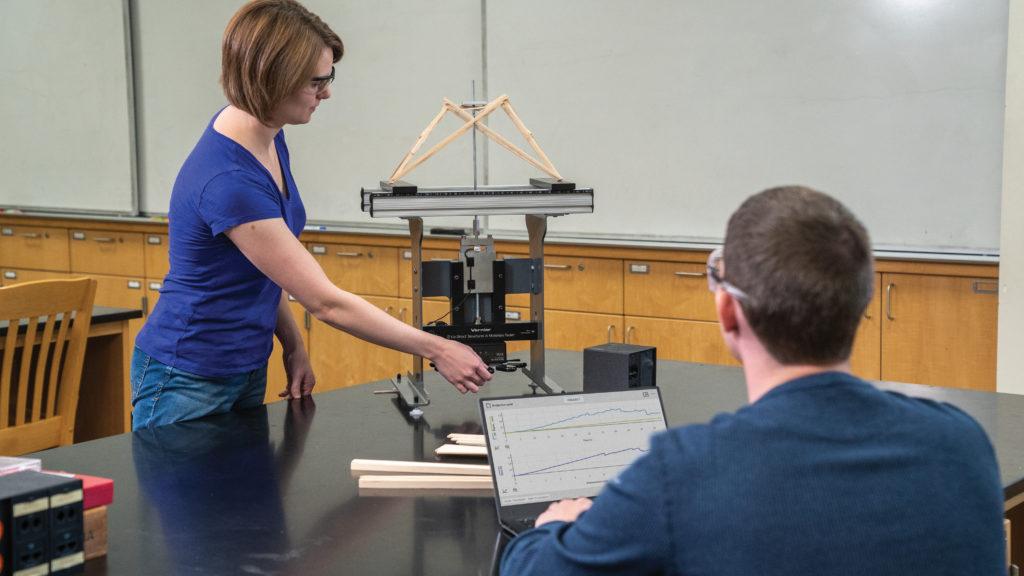
KidWind
When I started working at Vernier, I was introduced to KidWind, another great way for students to engage in hands-on physics learning—and investigate the science of renewable energy.
The KidWind Basic Wind Experiment Kit, for example, gives students the opportunity to test a variety of wind turbine blade designs, generate electricity, and lift weights. In the process, students explore different physics concepts, such as energy transformation and efficiency.
KidWind also lends itself to learning the scientific method; the way the wind turbines are set up, you can easily change various factors (such as the number, pitch, and shape of the blades) independent of others. In that way, students can investigate how changing just one factor can affect their wind turbine.
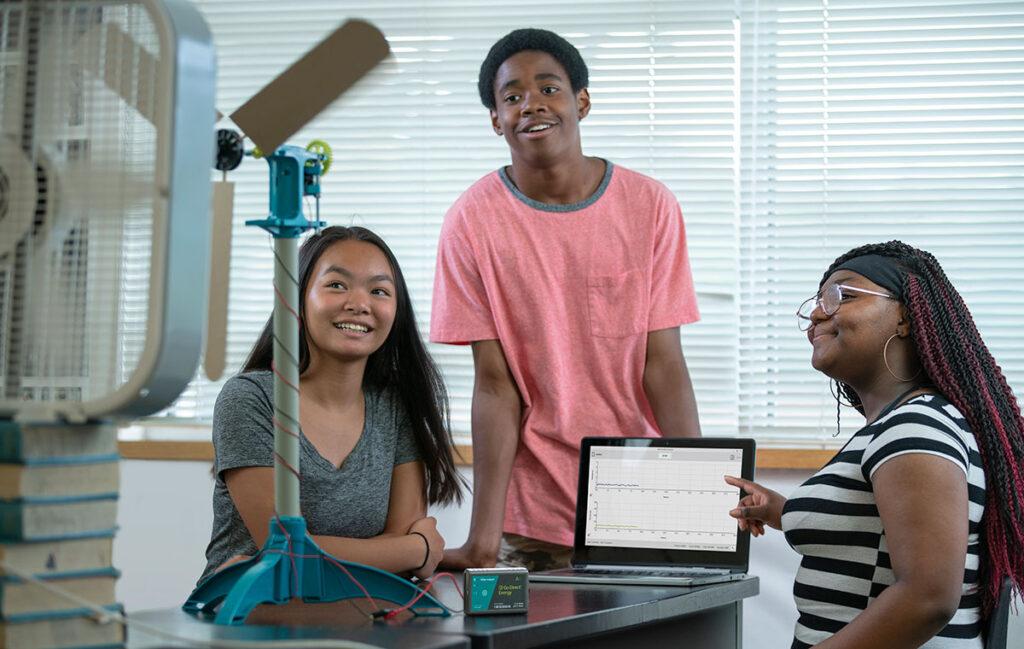
The projects I’ve described are wonderful ways to engage your students in hands-on physics learning. However, this blog post only scratches the surface! We’d love to hear what projects you have done, and we’re always happy to brainstorm ideas—feel free to contact us at engineering@vernier.com or 888-837-6437.
Share this Article

Sign up for our newsletter
Stay in the loop! Beyond Measure delivers monthly updates on the latest news, ideas, and STEM resources from Vernier.

